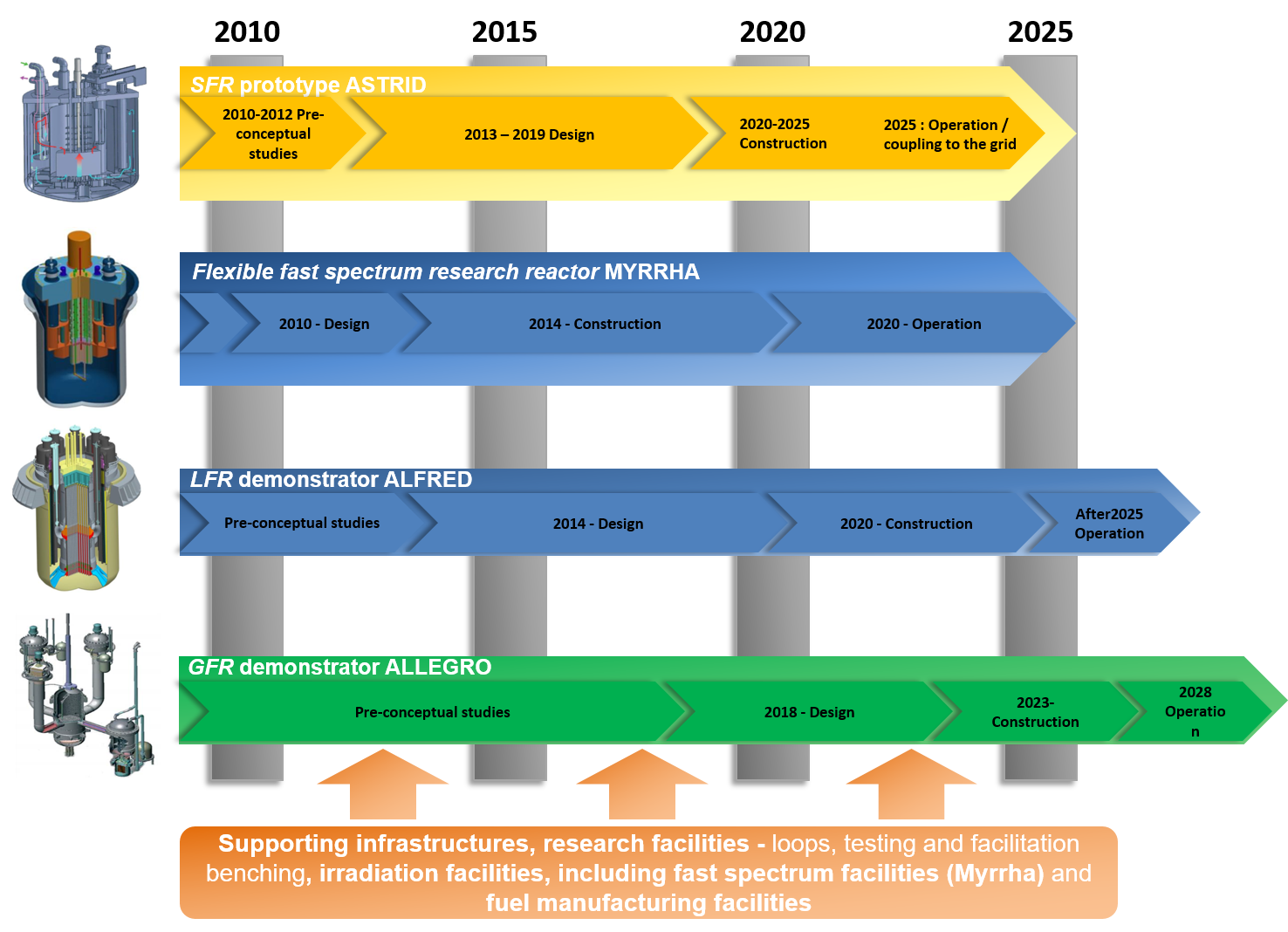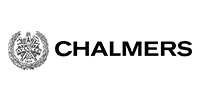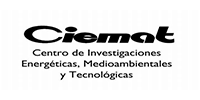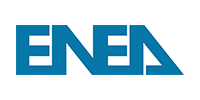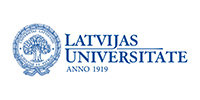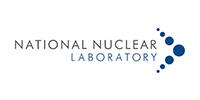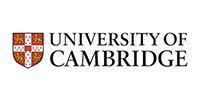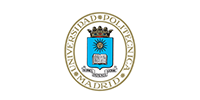ESNII, the European Sustainable Nuclear Industrial Initiative of SNETP, gives Fast Neutron Reactors (FNR) a high priority for the production of sustainable nuclear energy in Europe. Taking into account the significant European and international operational experience, the ESNII roadmap identified the Sodium Fast Reactor as the most mature technology to be implemented and considers the Advanced Sodium Technological Reactor for Industrial Demonstration (ASTRID) to be an SFR prototype. ASTRID is the Generation-IV system that is being developed in France as part of European and international industrial and R&D cooperation programmes, including ASTRID Research and Development Cooperation (ARDECo). Two alternative FNR technologies to be explored in the longer term are the Lead cooled Fast Reactor (LFR) and the Gas cooled Fast Reactor (GFR).
Stating that “to enable the commercial deployment of Generation-IV FNRs from 2040” is the industry’s objective, the ESNII roadmap foresees the R&D programme for prototypes and demonstrators, and also for commercial FNRs. In this context, the commercial-size (3600 MWt) Generation-IV European Sodium Fast Reactor (ESFR) can be considered as a candidate for the commercial deployment in Europe to follow up on the ASTRID SFR prototype.
The ESFR conceptual design was developed by 25 European partners as part of the FP7 CP-ESFR project (2009 – 2013) with a total budget of nearly €12 M. Today it is considered to be one of the SFR options by the Generation IV International Forum (GIF), which is a cooperative international endeavour that performs the R&D needed to establish the feasibility and performance capabilities of the next generation nuclear energy systems.
- The Forum has 13 members, including 3 European countries (France, Switzerland, and the United Kingdom) and Euratom. The goals set by GIF for the new reactors focus on safety and reliability, sustainability, economics and nonproliferation and physical protection, in particular:
- excellence in safety and reliability, very low likelihood and degree of reactor core damage, elimination of the need for offsite emergency response
- sustainability of energy generation, effective fuel utilisation, minimisation of nuclear waste
- life-cycle cost advantage over other energy sources, comparable level of financial risk
- unattractiveness for diversion or theft of weapons-usable materials, and increased physical protection againstacts of terrorism


